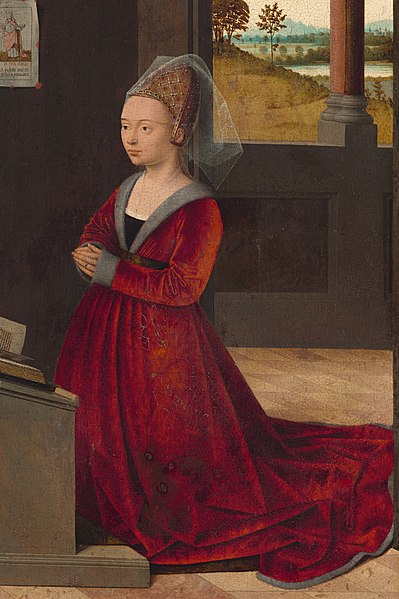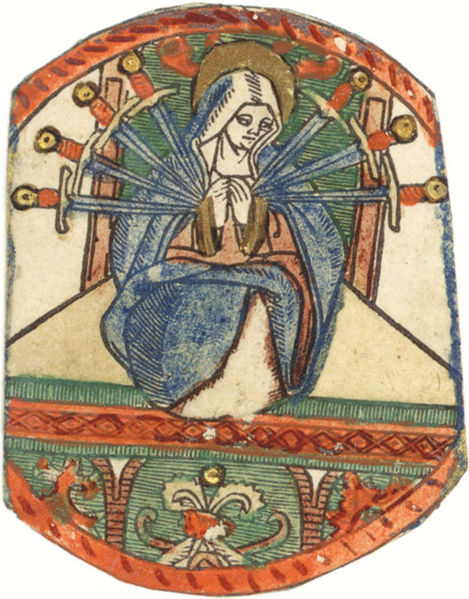The Little Masters, were a group of German printmakers who worked in the first half of the 16th century, primarily in engraving. They specialized in very small finely detailed prints, some no larger than a postage stamp. The leading members were Hans Sebald Beham, his brother Barthel, and George Pencz, all from Nuremberg, and Heinrich Aldegrever and Albrecht Altdorfer. Many of the Little Masters' subjects were mythological or Old Testament stories, often treated erotically, or genre scenes of peasant life. The size and subject matter of the prints shows that they were designed for a market of collectors who would keep them in albums, of which a number have survived.
One of a series of tiny (about 5.1 x 7.9 cm) prints of the Labours of Hercules by Hans Sebald Beham; the Little Masters did not let small size deter them from tackling the largest subjects of history painting. The influence of the friezes of Polidoro di Caravaggio is seen here.
Albrecht Altdorfer, Hercules and a Muse, 7.8 × 4.5 cm.
Barthel Beham, Genius on a Globe Floating in the Air, engraving, 1520, 5.7 × 3.6 cm, perhaps a parody of Dürer's Nemesis.
Georg Pencz, Wrath (Ira), from a set of The Seven Vices, 8.4 × 5.4 cm
An old master print is a work of art produced by a printing process within the Western tradition. The term remains current in the art trade, and there is no easy alternative in English to distinguish the works of "fine art" produced in printmaking from the vast range of decorative, utilitarian and popular prints that grew rapidly alongside the artistic print from the 15th century onwards. Fifteenth-century prints are sufficiently rare that they are classed as old master prints even if they are of crude or merely workmanlike artistic quality. A date of about 1830 is usually taken as marking the end of the period whose prints are covered by this term.
The Three Crosses, drypoint by Rembrandt, 1653, state III of IV
Melencolia I, 1514, engraving by Albrecht Dürer
This donor portrait of about 1455 shows a large coloured print attached to the wall with sealing wax. Petrus Christus, NGA, Washington.
Anonymous German 15th-century woodcut, about 1480, with hand-colouring, including (unusually) spots of gold. 5.2 x 3.9 cm (similar to the original size on most screens)








